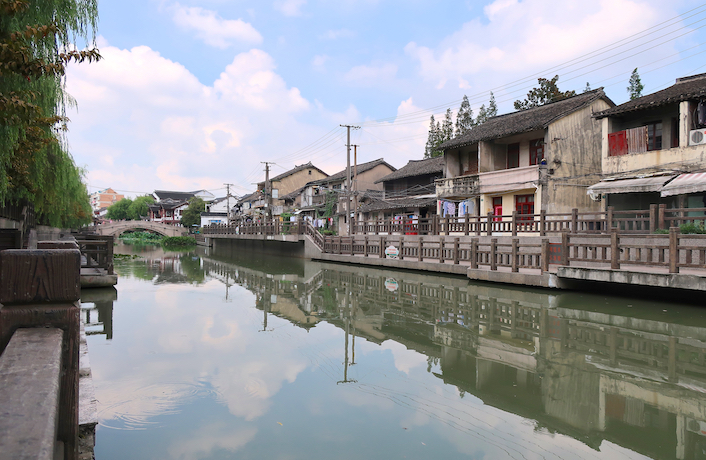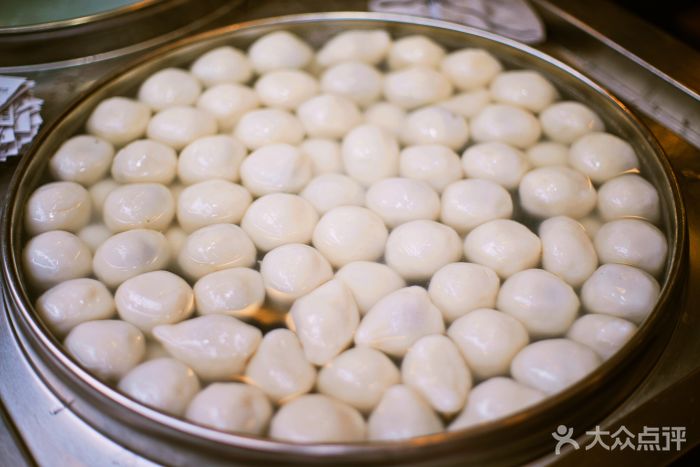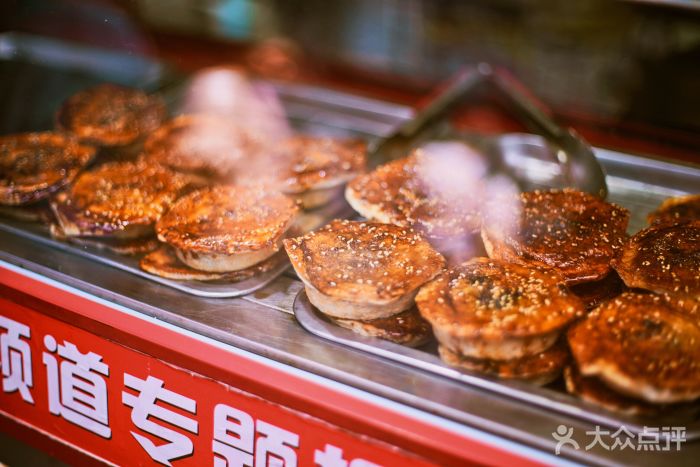The old watertown of Qibao is one of the most convenient getaways for Shanghai dwellers. Located in the district of Minhang, it is a miniature version of towns like Suzhou or Wuzhen. Picturesque views, 'foodie-friendly' streets and a rich artisan culture merely scratch the surface of its enduring allure.
Here are seven things to see and do in the 'seven treasures' town of Qibao.
The Bell Tower

The archway to Qibao. Image by Mandy Tie/Urban Family
The name 'qi bao' translates to seven treasures and describes the gems which gave this small town its name: a Buddha, golden cockerel, pair of jade chopsticks, jade ax, magic tree, golden scripture and a bronze bell.
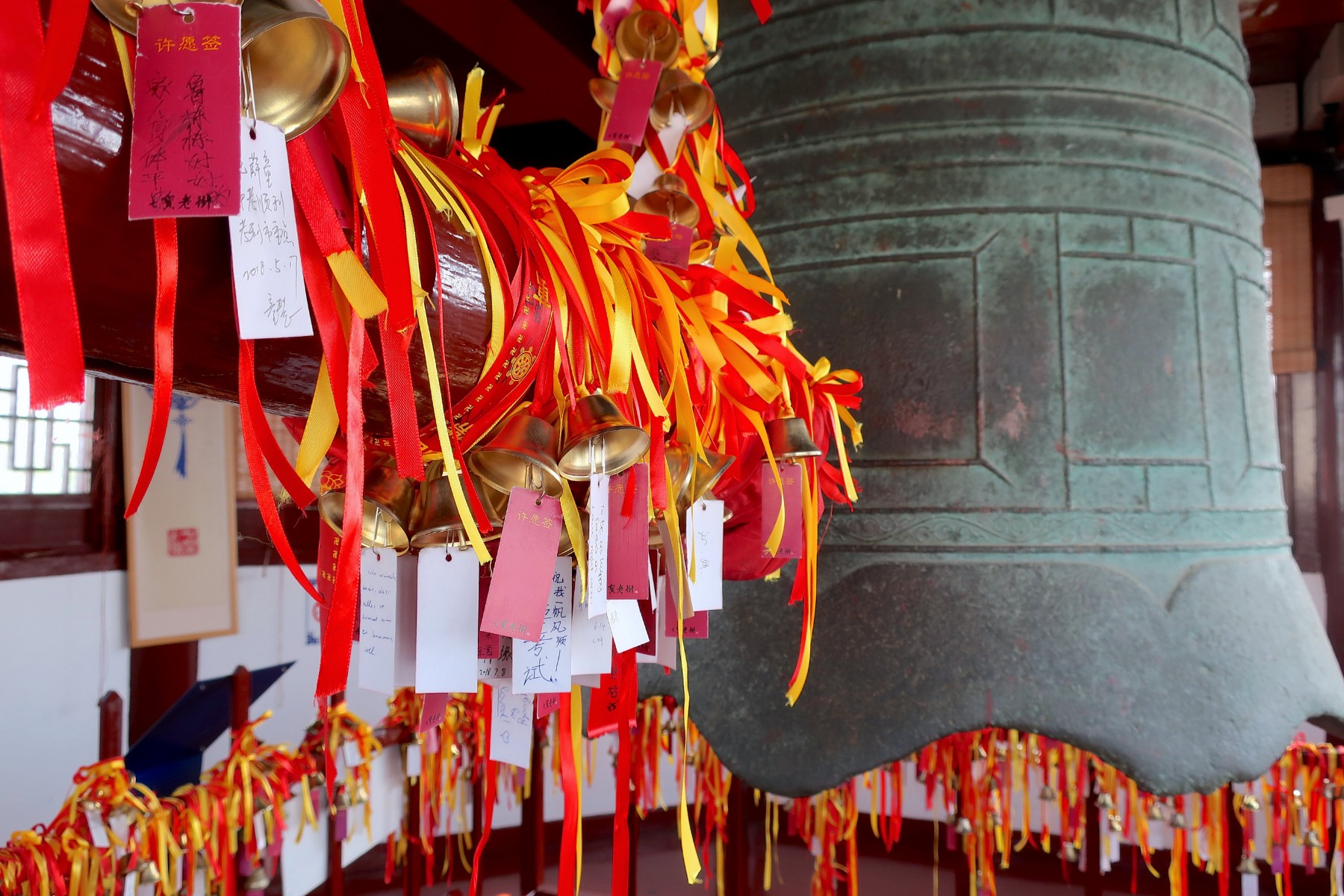
The bell and inscribed ribbons. Image by Mandy Tie/Urban Family
With this fable as a starting point, your exploration will likely commence with the Bell Tower near the town entrance. Tolling the bell, which now hangs in the attic of a wooden pagoda, is encouraged. You can vouch for your wishes to come true by tying inscribed ribbons onto the nearby beams to seal the deal.
The Old Streets of Qibao
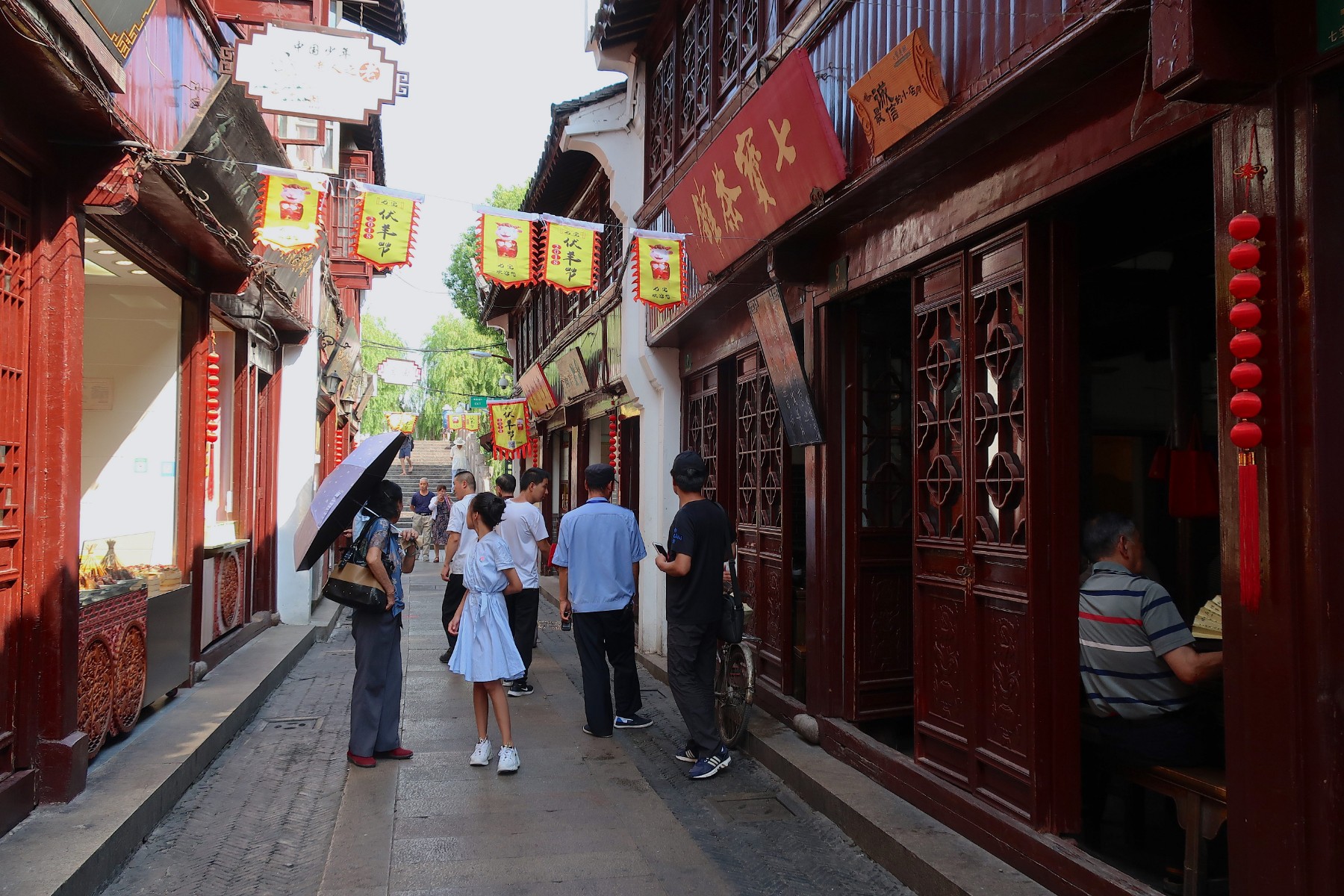
The OId Streets of Qibao. Image by Mandy Tie/Urban Family
Qibao’s old streets are squeezed between residential compounds, and remain relatively intact since they were built during the Song dynasty. Flanked by terraces which now house food vendors, crafts workshops and mini-museums, a wander down these cobblestoned pavements gives you everything from a glimpse of local culture to much-needed nourishment.
Notably, Qibao is famed for its tang tuans (glutinous rice balls with a selection of fillings), hai tang gao (baked rice cakes with red bean paste), and huangjiu yangrou (tender lamb chops cooked in yellow rice wine). In the same vicinity, vintage pharmacies, 'Four Treasures of the Study' stationers, and grocers depict a postcard image of a traditional lifestyle.
The Cricket Hall
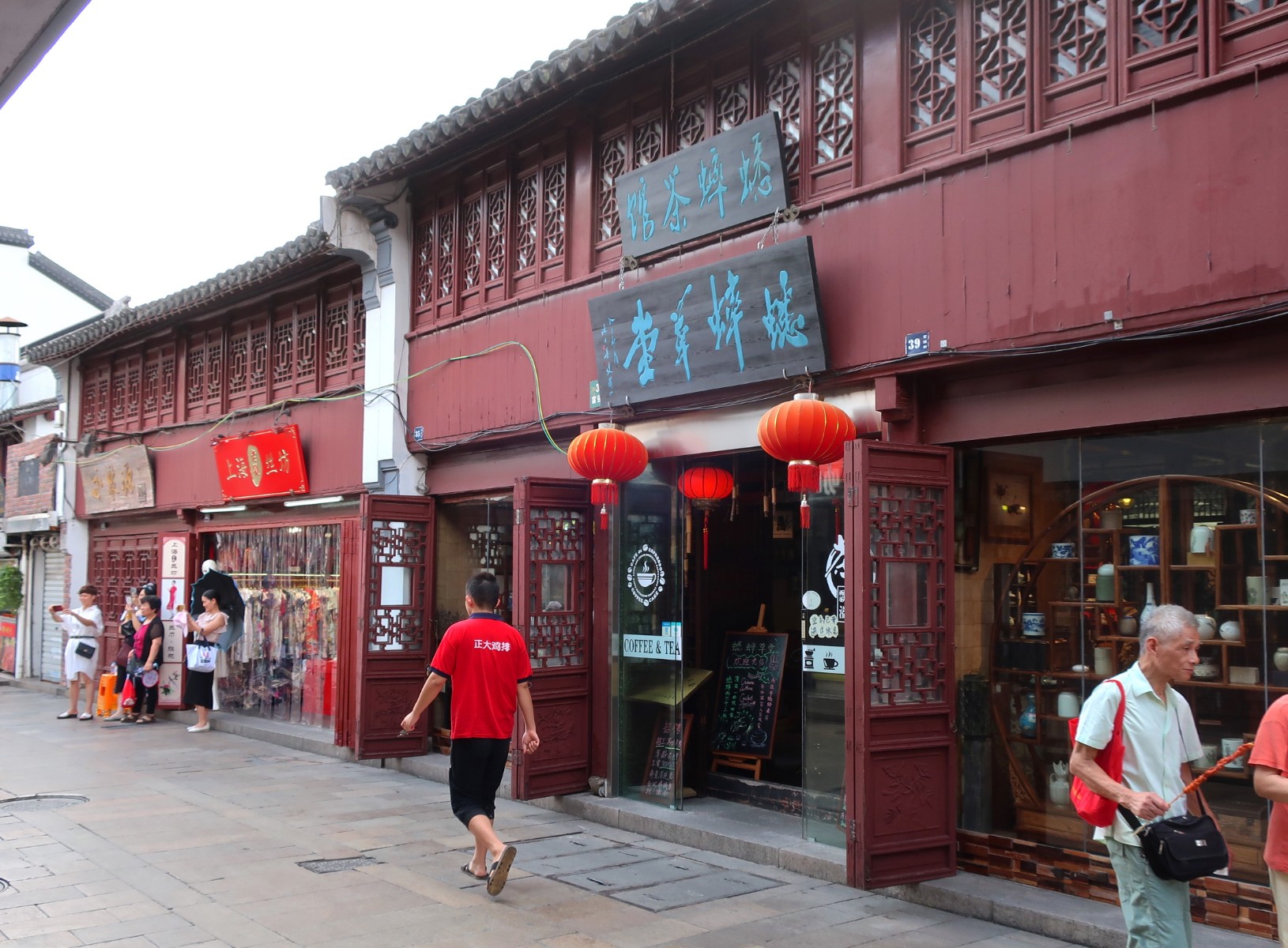
The Cricket Hall. Image by Mandy Tie/Urban Family
Cricket-fighting was a game played across China during the Ming and Qing dynasties. Qibao, however, contains the only museum dedicated to documenting the history - and demonstrating the tricks - of cricket-fighting. A popular pastime with an element of gambling, cricket masters would also put on a game in front of emperors when they visited.
Folk Museums
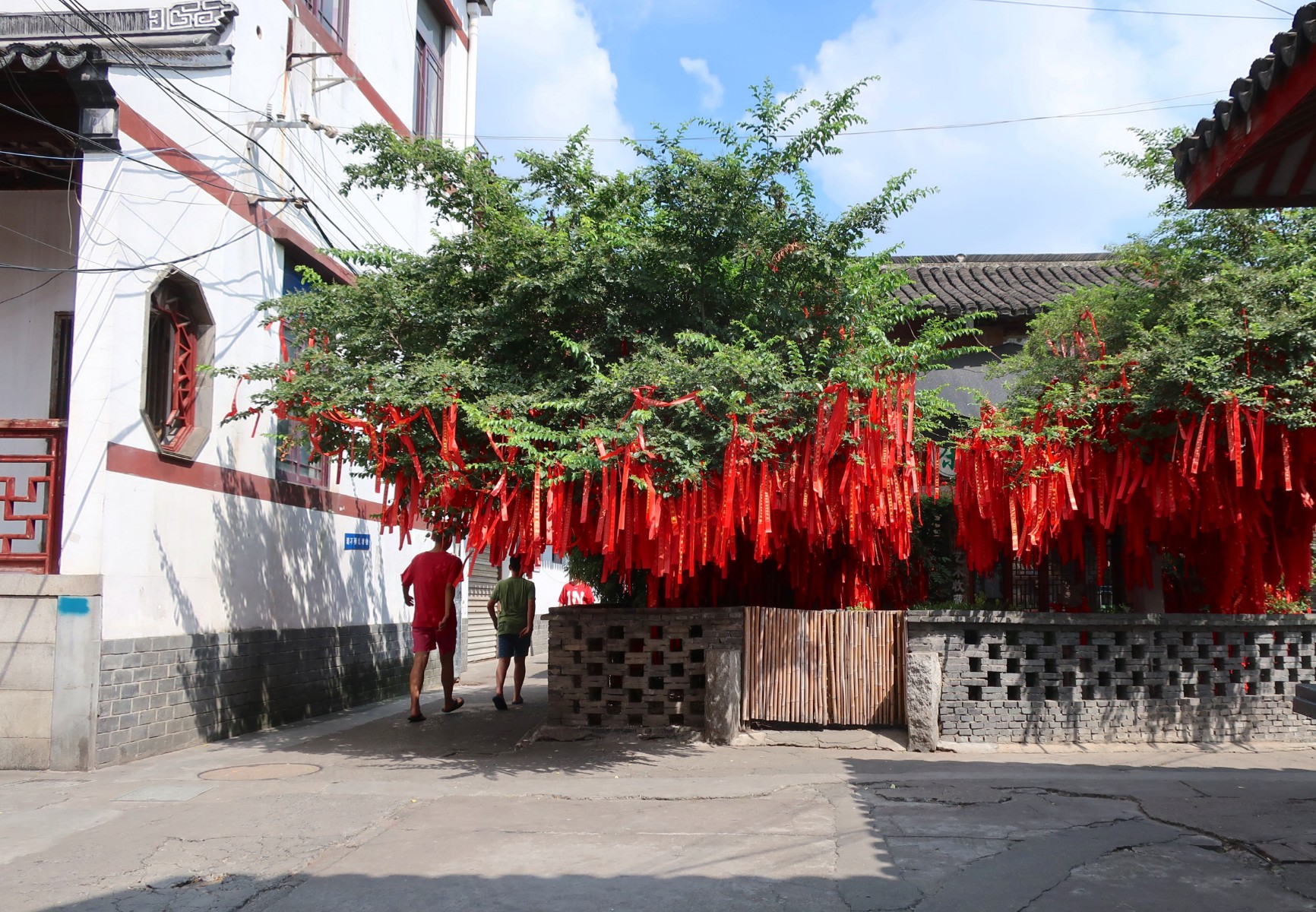
Outside the arts and crafts center of Qibao. Image by Mandy Tie/Urban Family
With a history of economic and cultural prosperity through the early 20th century, Qibao has a multitude of museums displaying relics from its heydays. There’s a shadow puppet theater, a folk art center, a textile museum and an industrial history museum. The latter is particularly enticing and demonstrates a range of craftsmanship including blacksmithing, weaving and carpentry which rendered old Qibao a self-sufficient society. The waxworks inside these museums are fearsomely realistic - so consider yourselves warned.
A Street Built by Women
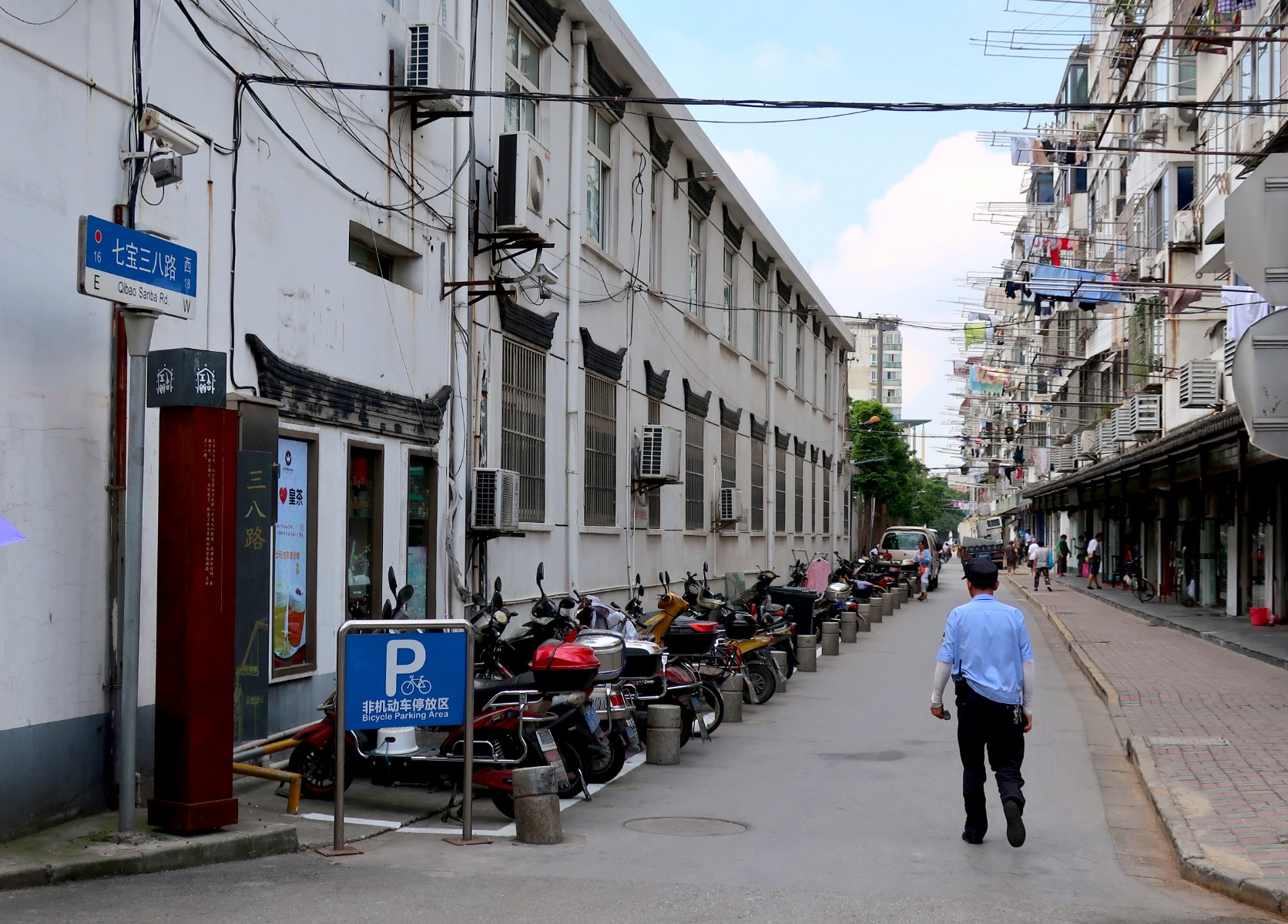
Qibao Women's Street.'Image by Mandy Tie/Urban Family
Squashed by residential uprises, this short street may seem insignificant from the outlook. The name, Qibao Sanba Lu (Qibao Women’s Street) however, gives the story away. The 100-meter street was erected as part of a 1958 revamp project in the Qibao municipality, and was built purely by the hands of female volunteers. Initiatives like this would have echoed the Maoist ethos “Women holds up half the sky,” like a small piece of the puzzle constituting women's changing roles in China post-1949.
The Living Quarters
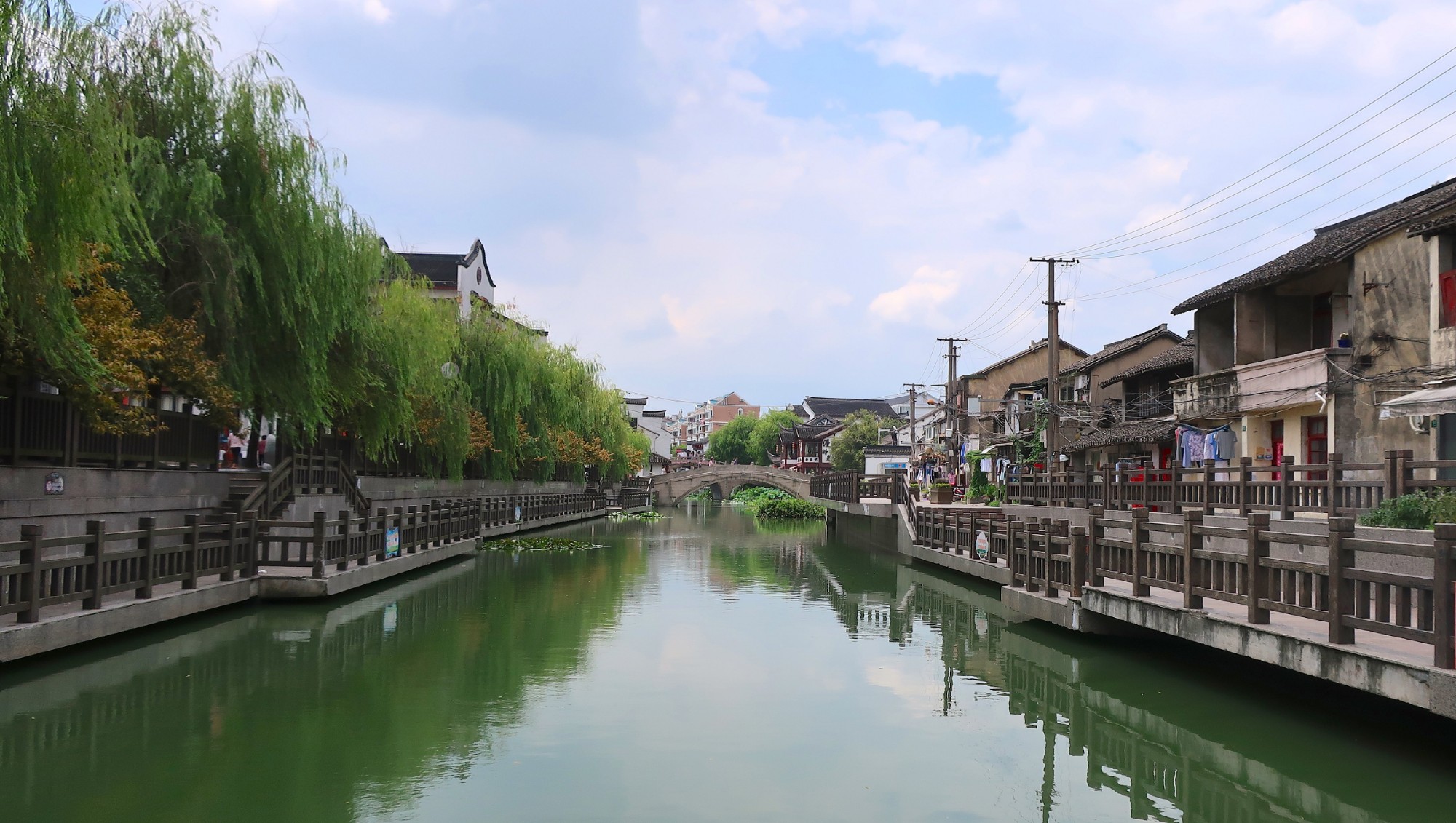
Qibao as seen from the living quarters. Image by Mandy Tie/Urban Family
The old streets are surely buzzing with luscious smokes and hollering vendors, while the living quarters are quietly tucked away on the east side. The canal lifestyle has not altered much through the past hundred years: printed fabrics are still employed to shade windows and gateways, and humble veggie patches are studded here and there. For entry into these neighborhoods, just politely ask the janitor for permission to pass.
Qibao Catholic Church
Casting your gaze southward from the town center, you might catch a glimpse of the spire of Qibao Catholic Church. Located on the intersection between Tianzhutang Lu and Baonan Lu, the original structure of this Franciscan church dates back to 1866 and the entire complex was rebuilt in 1982. Nowadays, its unmissable apex still looms above the otherwise even skyline and enriches the old town fabric with another layer of history.
The old town of Qibao is a ten-minute walk from the Qibao station on Metro Line 9. A RMB15 ticket allows you entry to most of the landmarks listed above. Alternatively, you can also skip the fee and simply enjoy strolling through the alleys as you please.
[Cover image by Mandy Tie/Urban Family]

